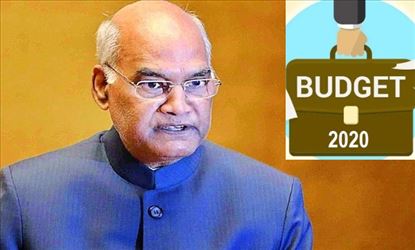
Accordingly as india goes through a painful slowdown and many segments of the economy try and recover from disruptive policy moves, expectations are high that the Union budget, which will be presented on february 1, could provide the much needed boost or balm-propel investments and demand and, most importantly, lift sentiment.
However, much as the government would want to provide a big fiscal push to revive the economy, the means to do so are really limited. Finance minister nirmala sitharaman has very little spending room to bump up the economy on stimulus steroids. Meanwhile her option is to deviate from the Fiscal Responsibility & Budget Management (FRBM) target and borrow more, or take on more debt in the hope of fuelling growth. india has done that in the past when fiscal and current account deficits were abnormally high, but high growth had kept the consumption and demand story going.
Furthermore if the government adopts a flexible fiscal policy for 2020-21 and increases the fiscal deficit by 0.5 per cent, the increase in fiscal deficit would be about Rs 1.10 lakh crore, which can be directed towards capital expenditure. In case the fiscal deficit is increased by 1 per cent above the currently stated target, the quantum of increase in fiscal deficit would be Rs 2.2 lakh crore. Moreover the disinvestment target for 2020-21 is likely to be Rs 1 lakh crore, slightly lower than the budgeted target for 2019-20, with the timelines for the disinvestment to be specified, estimates Care Ratings.




